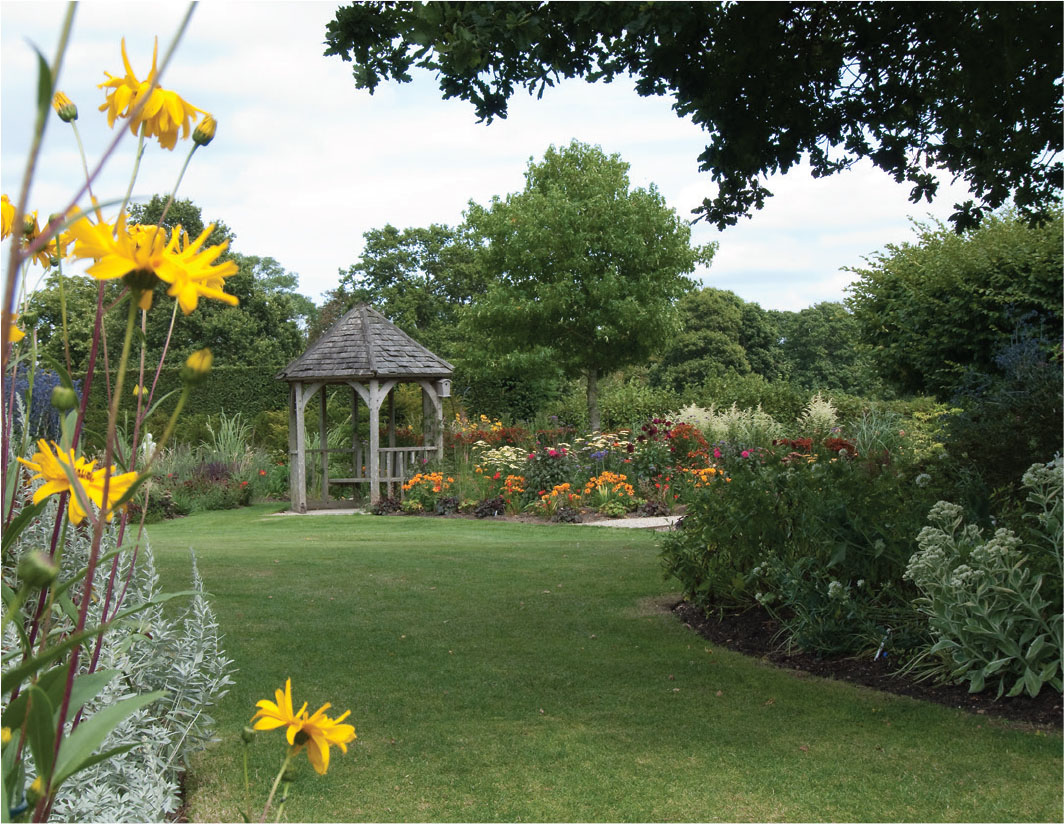
Gardening for Wildlife in a Large Garden
If you’re lucky enough to have a large garden, you have so many opportunities when it comes to wildlife, including the chance to satisfy the needs of whole communities. What a privilege!

One approach is to create the widest range of habitats possible. By offering a bit of everything, you can certainly achieve the ‘diversity’ part of biodiversity.

Alternatively you could create a larger area of one particular habitat. This will allow you to support colonial species that need enough space for all their aunts, uncles and distant cousins!
If you create a large meadow area, for example, you might then be able to support self-sustaining populations of butterflies, such as Common Blues, Meadow Browns and skippers. Or, plant a spinney rather than just the odd tree and you have a greater chance of visits from Chiffchaffs and other warblers. You may also have a large enough garden to invest for the future by planting the types of trees that will eventually grow to be massive, opening up maximum extra storeys in the grandest of grand hotels.
Being bold with the size of your pond can bring all sorts of surprises. In particular, the number of dragonfly and damselfly species should increase, and even unusual birds, such as a Common Sandpiper or Snipe, might drop in on passage. But do be careful about the laws regarding water-bodies – in some instances, planning permission or licences are required if you want to hold huge volumes of water.

You flower borders can also be bigger and bolder, with repeated planting, such as these foxgloves in Sue Camm’s Devon garden. Dramatic shows, such as Verbena bonariensis (below), are much preferred by most pollinating insects – they can just move from one colourful dinner plate to the next. You can also grow some of the giant herbaceous perennials that would dominate smaller gardens such as Cardoon, Joe-pye Weed, delphiniums and, if you’re in a relatively frost-free area, Echium pininana.

You can fulfil the home needs of species that require a lot of space. Imagine knowing that your Robins or Wrens never have to stray beyond your garden boundary, that they have all the food, water, shelter, nesting and roosting sites they need, thanks to you.

You have more opportunities than most to leave undisturbed areas. For example, if you created a patch of scrubby woodland and then steered clear in spring and summer, it would give shy ground-nesting warblers such as Blackcaps and Willow Warblers the chance to breed – what a coup!

A large area of cornfield annuals will be heaven, not for the odd finch or sparrow but for whole flocks of them. They can settle themselves in for a good feast over a number of weeks. Why ship in bird food when you can grow your own?! Poppies and tickseed dominate this planting (above).